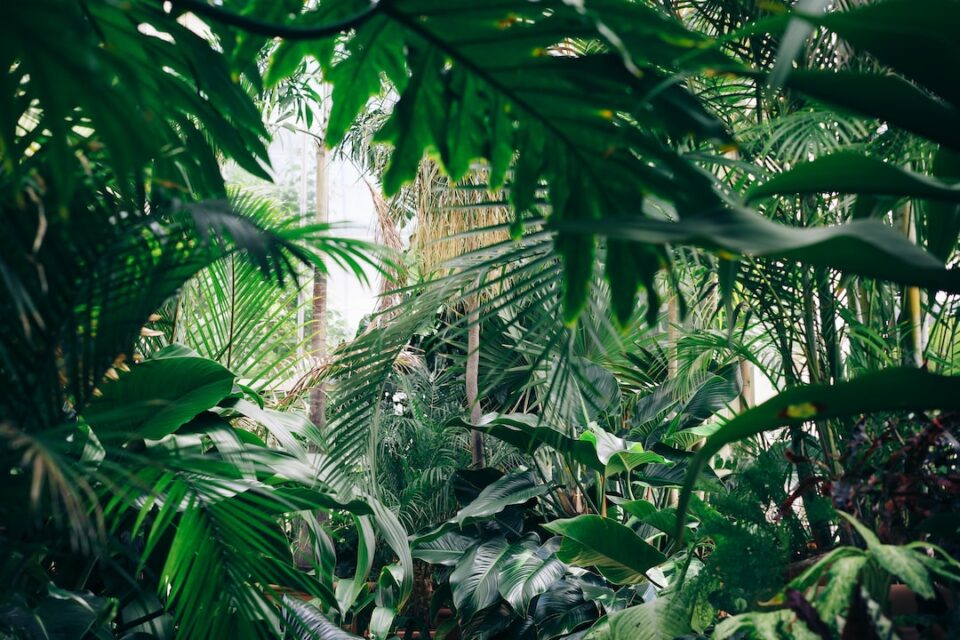Are you looking to add a touch of natural beauty and fragrance to your outdoor space? Consider creating your very own herb garden! Not only do herb gardens provide a stunning visual appeal, but they also offer a myriad of benefits, such as convenient access to fresh herbs for cooking and the ability to attract beneficial insects. In this blog post, we will guide you through the process of creating an alluring herb garden that will not only enhance your surroundings but also enrich your culinary experiences.
First and foremost, selecting the right location for your herb garden is crucial. Most herbs require at least six hours of direct sunlight each day, so make sure to choose a spot that receives ample sunshine. Additionally, ensure a nearby water source for ease of irrigation. Ideal locations include your backyard, patio, balcony, or even a windowsill if outdoor space is limited.
Next, it’s time to choose the herbs that best suit your needs and preferences. Consider the culinary herbs you use most often in your kitchen, such as basil, thyme, rosemary, and parsley. Additionally, think about the herbs that have specific health benefits, like chamomile, lavender, or lemon balm. By selecting a mix of both culinary and medicinal herbs, you can create an enchanting herb garden that serves both your taste buds and your well-being.
Once you have decided on the herbs to grow, it’s important to choose the right containers or beds. Herbs can be grown in anything from traditional beds to raised garden beds, containers, hanging baskets, or even repurposed items like mason jars or old wooden crates. Ensure that the containers have drainage holes to prevent waterlogging and choose materials that complement your aesthetic preferences while providing sufficient room for the roots to grow.
Now that you have your location, herbs, and containers ready, it’s time to prepare the soil. Most herbs prefer well-draining soil, so make sure to add organic matter like compost or coconut coir to improve drainage and fertility. If you are planting in a bed, till the soil and remove any weeds or debris. For container gardening, fill the pots with a high-quality potting mix, ensuring it’s fluffy and well-draining.
To create an alluring herb garden, consider combining different herb varieties. Plant tall herbs like rosemary or lemongrass at the back to provide a beautiful backdrop, while shorter herbs like thyme or oregano can be planted in the front for a visual delight. Grouping together herbs with similar water and sunlight needs also simplifies maintenance in the long run.
Now comes the exciting part – planting your herb garden! Gently remove the herbs from their containers and loosen the roots. Dig a hole in the soil slightly larger than the root ball, place the herb in the hole, and gently cover the roots with soil. Water thoroughly after planting to help settle the soil around the roots. Remember to space your herbs accordingly to allow for growth and airflow.
Once your herb garden is planted, maintaining it is relatively easy. Water regularly, ensuring the soil doesn’t dry out completely between waterings. However, be careful not to overwater as it can lead to root rot. Fertilize sparingly, as most herbs do not require heavy feeding. Organic options like compost or diluted seaweed extract work well to provide the necessary nutrients.
To keep your herb garden looking alluring, regular pruning is essential. Pinch off the tops of the herbs to encourage bushier growth, and remove any dead or yellow leaves. Pruning not only helps maintain the shape and health of the plants but also encourages more vigorous growth.
Lastly, consider adding decorative elements to your herb garden to enhance its visual appeal. Place garden ornaments, such as small statues, birdbaths, or colorful plant markers, to add a personal touch. Additionally, planting flowering plants or herbs like marigolds, calendula, or lavender alongside your herbs can attract beneficial insects and create a charming and vibrant atmosphere.
In conclusion, creating an alluring herb garden is a rewarding and enjoyable experience. By selecting the right location, choosing a variety of herbs, and planting them strategically, you can transform your outdoor space into a fragrant and visually appealing oasis. Remember to maintain your garden with regular pruning and provide the necessary care to ensure healthy growth. With patience and dedication, you will soon be enjoying the fresh scent and flavorful delights of your very own herb garden.

